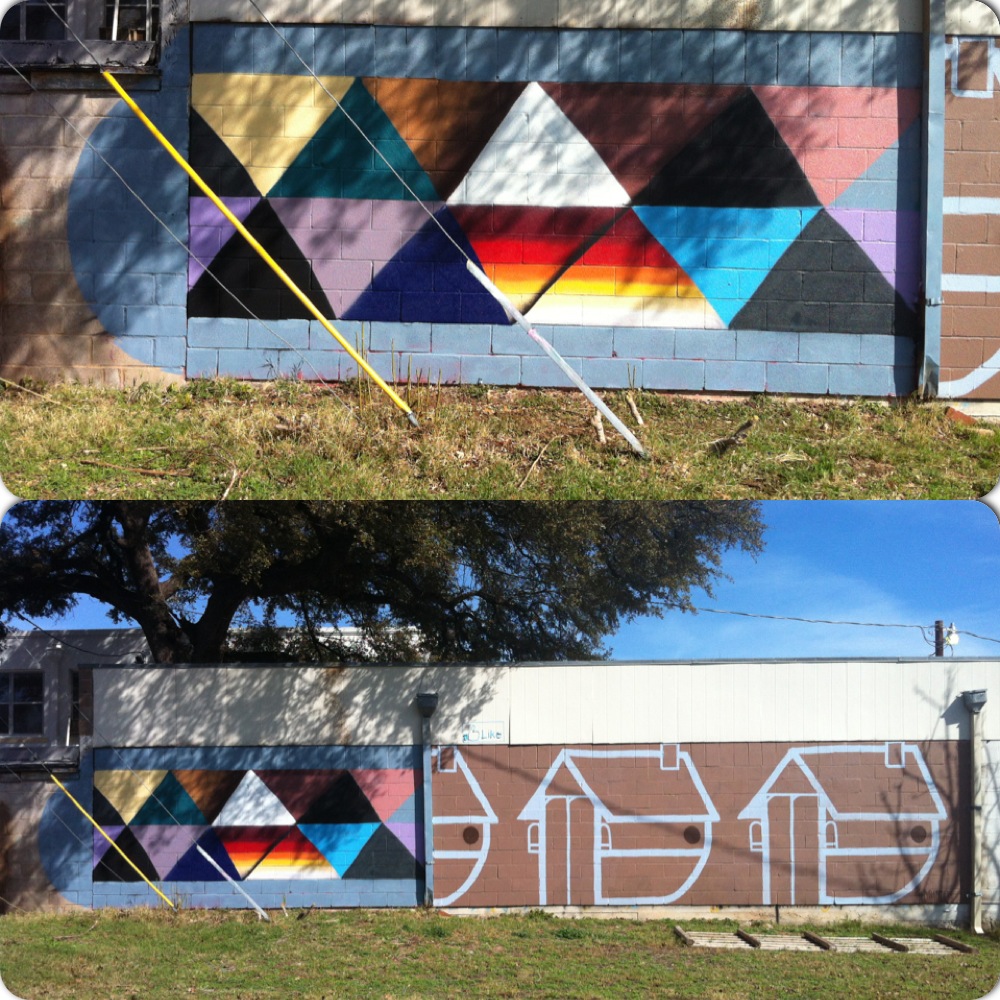With so many tools in your belt, how do you keep them all sharp? Do you find that it takes time to get back into a medium after stepping
away from it for a time?
I actually do easily
jump in and out of various mediums. Each medium is kind of like the different
tools in my workshop—I use whichever tool best fits the project. I think it
also helps that my art is cohesive in concept. Broadly speaking, my work is
about telling a story. When I photograph a wedding, I capture someone else’s
story. When I build a piece of furniture, I think about space and living areas
and about making a piece that creates conversation and interest. When I make a
sculpture, I pour my own thoughts and personal story into the work.
Certainly, there is the danger that I'll end up the jack-of-all-trades and master-of-none, and I continue
to think seriously about this. Sometimes I consider devoting my time to just
one area of focus, but that doesn’t seem to work well for me. The variety keeps
me interested, and I’ve found that these different forms of art strengthen each
other and influence all areas of my life. One obvious way in which this
strengthens my work is the ability to photograph my work. It’s surprisingly
difficult to portray 3D sculpture in photographic form.
Do you have a group of friends or
creatives to lean on, draw inspiration from, hash out ideas with?
Absolutely. After
graduation, I kept my membership in the UNT sculpture collective in order to
stay in touch with those folks, which is why I was able to be in a recent UNT
On The Square exhibition. I also stay in touch with my friend/professor Jim
Burton who has easily been the most influential person on my artist career so
far. Jim facilitated an environment that worked well for my learning style,
taught me how to critically think about art, and also taught me nearly
everything I know about woodworking. I probably wouldn’t have majored in Sculpture
without his prodding.
Aside from these, I
have several friends with whom I engage in art-centered conversation, but not
with much consistency. This is by far the most difficult thing about leaving the
university. I am still trying to figure out how to get artists to come share my
studio space so that we can work together.
I thrive off of community and interaction with people, and I miss it. On
that note, however, I have been talking with Tristan Bynum about Maker Space
plans since January and am looking forward to that taking off. I think Maker
Space will be an invaluable resource for me and other artists and I am looking
most forward to a community of artists with a shared space.
How do you overcome the challenges of moving from the studio space
at the school to creating a workshop out of your house?
Josiah has been an
invaluable asset to my artistic career. He relentlessly researches tool reviews
and craigslist to find me what I need at a cost we can afford. At this stage, I
actually have a nearly complete workshop of tools, including a table saw, a band
saw, a thickness planer, a lathe, and a number of hand tools. My absolute
favorite tool is my antique Stanley #5 hand plane.
Space however is a
problem. Our 2-car garage is small, preventing me from making some of the larger
pieces I was able to while at UNT. And the worst part – after I make it, where
do I store it? You’re right, it isn’t easy.




























